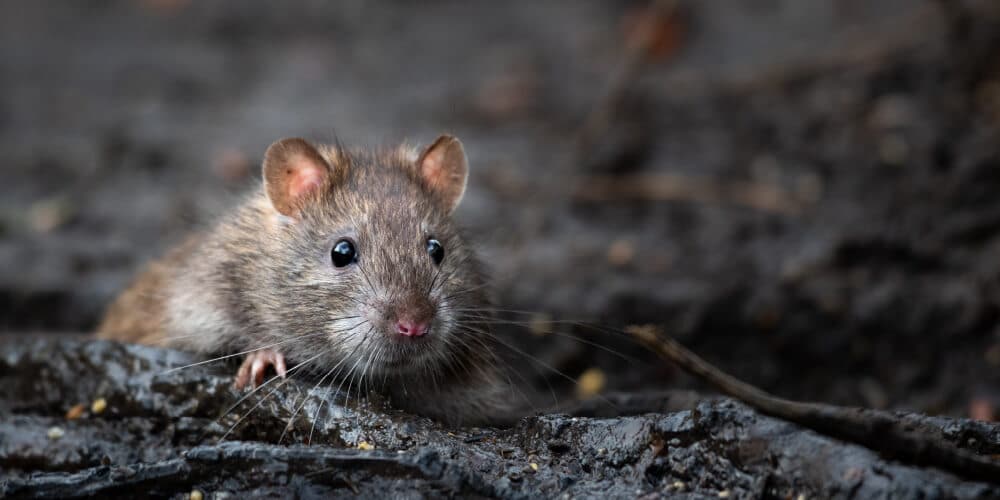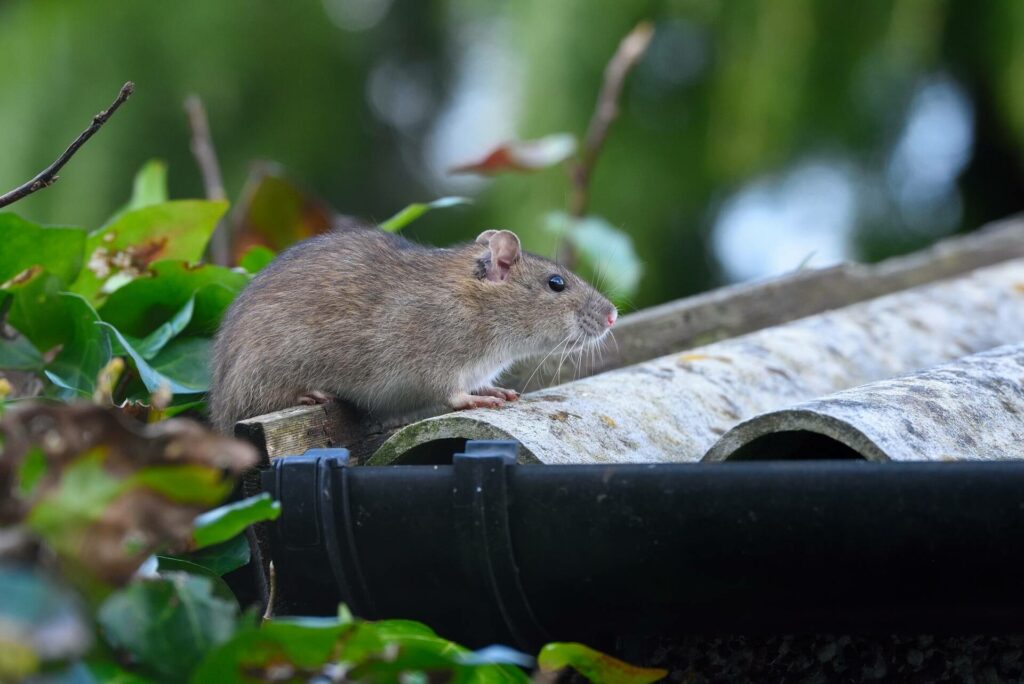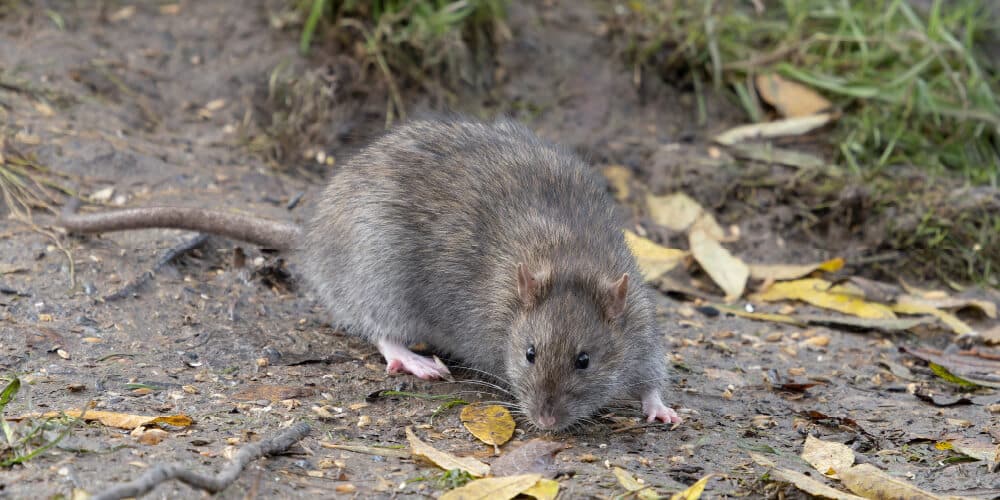Have you ever wondered how rats manage to find their way into seemingly secure homes? It may surprise you to learn that rats climbing walls is a common problem. Their incredible agility makes it crucial for homeowners to understand how to effectively prevent these pests from entering their homes.
Can Rats Climb?

Yes, rats are remarkably adept climbers, capable of scaling vertical structures with ease. Their sharp claws are perfectly suited to gripping and climbing rough, textured surfaces such as brick, wood, stucco, and various types of siding.
This skill allows them to navigate vertical obstacles and explore potential entry points high up on your home’s exterior that might not seem obviously accessible at first glance.
Beyond their natural climbing abilities, rats are also incredibly agile and can jump up to a foot vertically, which aids them in reaching even more areas. They use this combination of skills to explore rooftops, attics, and upper floors of buildings—places where they can find warmth and nesting sites without much disturbance.
This means that even the upper levels of your home, which may appear to be safe from rodent invasions, can actually be quite vulnerable to these nimble pests.
Why Are Rats Climbing Walls Around Your Home?

Rats climb walls primarily in search of food, water, and shelter. If your home offers any small openings around the roofline, windows, or vents, it can be an invitation for these pests.
Moreover, environmental factors like nearby trees or bushes can provide rats with quick and easy access to climb and then jump onto your house.
Effective Strategies for Sealing Homes from Rats
Sealing homes from rats is essential. Here are some tips to help you get started:
- Inspect and Seal All Entry Points: Regularly check for gaps or holes around your home’s exterior, particularly where pipes and cables enter. Use materials like steel wool, caulk, or specially designed seals that rats cannot chew through.
- Trim Trees and Shrubbery: Keep tree branches trimmed back from your home to remove pathways for rats to climb and enter.
- Secure Vents and Openings: Install vent covers and chimney caps to block entry points. Ensure these are made from robust materials like metal to prevent rats from chewing through.
- Address Moisture Issues: Rats are attracted to moisture, so ensure that clogged drains and leaking pipes are fixed and that crawl spaces are dry.
Best Pest Control for Rats that Climb

When it comes to the best pest control for rats that are capable of climbing, a combination of preventative measures and professional pest control solutions is often the most effective.
- DIY Options: Strategically place bait stations and traps around the perimeter of your home and along known rat routes. Make sure these are tamper-resistant and reduce risk to non-target animals and children. Consider leaving this up to the experts.
- Professional Assessments: Regular inspections by pest control professionals can help identify potential vulnerabilities in your home’s defenses against rats.
- Integrated Pest Management (IPM): Employing an IPM approach can ensure that all aspects of rat prevention are addressed, combining physical deterrents with chemical treatments where necessary.
You can protect your property from unwanted rodents by implementing a comprehensive strategy to seal your home. Being proactive about pest control not only helps in keeping your home secure and clean but also prevents the potential health hazards associated with rat infestations.
For tailored solutions and expert advice on keeping climbing rats and rodents away from your home, contact us at Aptive and secure your peace of mind.









